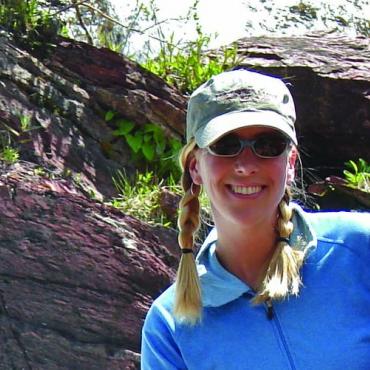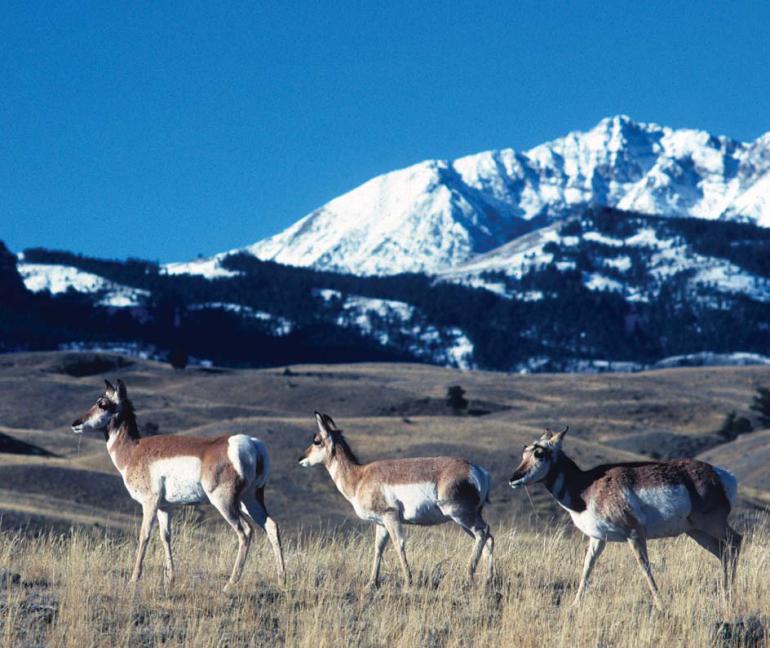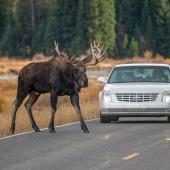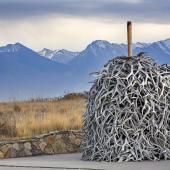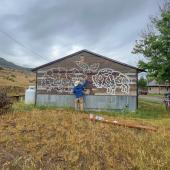Room to Roam
Capable of speeds of up to 70 miles per hour, pronghorn (or antelope, as we call them around here), are the fastest land animals in North America. But no matter how fast they run, in Montana they're stopped in their tracks by fences.
Before ranches sprung up all over southwest Montana, the pronghorn of Yellowstone National Park migrated into the Paradise Valley—all the way to Livingston—in the fall. Unlike deer, elk, or moose, pronghorn can’t forage through deep snow, so they moved into a winter range where strong winds keep the ground snow-free. Come spring, they returned to Yellowstone.
These days, however, Yellowstone’s pronghorn are largely limited to the Park and the Gardiner Basin. What’s isolating them are fences—pronghorn aren’t jumpers, so when faced with a fence, they either crawl under or stop. Because the pronghorn can no longer roam freely as they once did, they are left to compete with all the other animals that, combined with development, have collectively turned the Gardiner Basin into an undernourished, degraded habitat.
The pronghorn need to migrate for two reasons. First, larger habitats support more animals. Until about 1993, there were about 600 animals in the Yellowstone pronghorn herd. That number quickly dropped to 200, probably because of the limited winter habitat in the Gardiner Basin. Second, connecting animal populations creates more genetic diversity and strengthens those populations.
Perhaps the pronghorn know this, because around 1995, some pronghorn desperate for fresh forage found their way through Yankee Jim Canyon onto ranches along the Old Yellowstone Trail north of Tom Miner Basin. Once they got there, many stayed year round, effectively creating a second resident population.
“We need to connect the two populations,” says Joe Josephson, Yellowstone Wildlife Fellow for the National Parks Conservation Association (NPCA). “If their migratory memory is lost, the Yellowstone herd is at risk.”
Josephson and the NPCA's Yellowstone Field Office are working with private landowners and state and federal agencies to remove or mitigate fences blocking the pronghorn’s historical migration route. Some of the pronghorn-blocking fences that NPCA seeks to remove are left over from grazing allotments that aren’t used anymore.
“Landowners are generally really good at knowing how animals move on their property,” Josephson says. “We hope to get people thinking more about the longer migrations back and forth to the Park.”
NPCA held several workdays this summer to tear down the fences, replace barbed-wire fences with smooth-wire ones, or move the bottom strands up on existing fences. Pronghorn need only 18 inches to crawl under a fence. Wires can be moved seasonally to allow pronghorn to migrate, and they can be replaced to keep calves in. “It was a chance to have some fun outside and help an iconic species while connecting people with NPCA and conservation,” Josephson says of the workdays.
“Everyone I’ve talked to loves having pronghorn around, and they make for great wildlife viewing along the Old Yellowstone Trail,” Josephson adds. “They are great ambassadors for Yellowstone; the least we can do is make room for them to migrate just as their ancestors have done for thousands of years.”
For more information on this project, visit npca.org/pronghorn or contact Josephson at [email protected].


